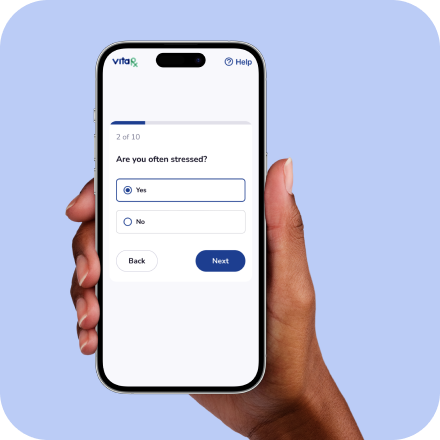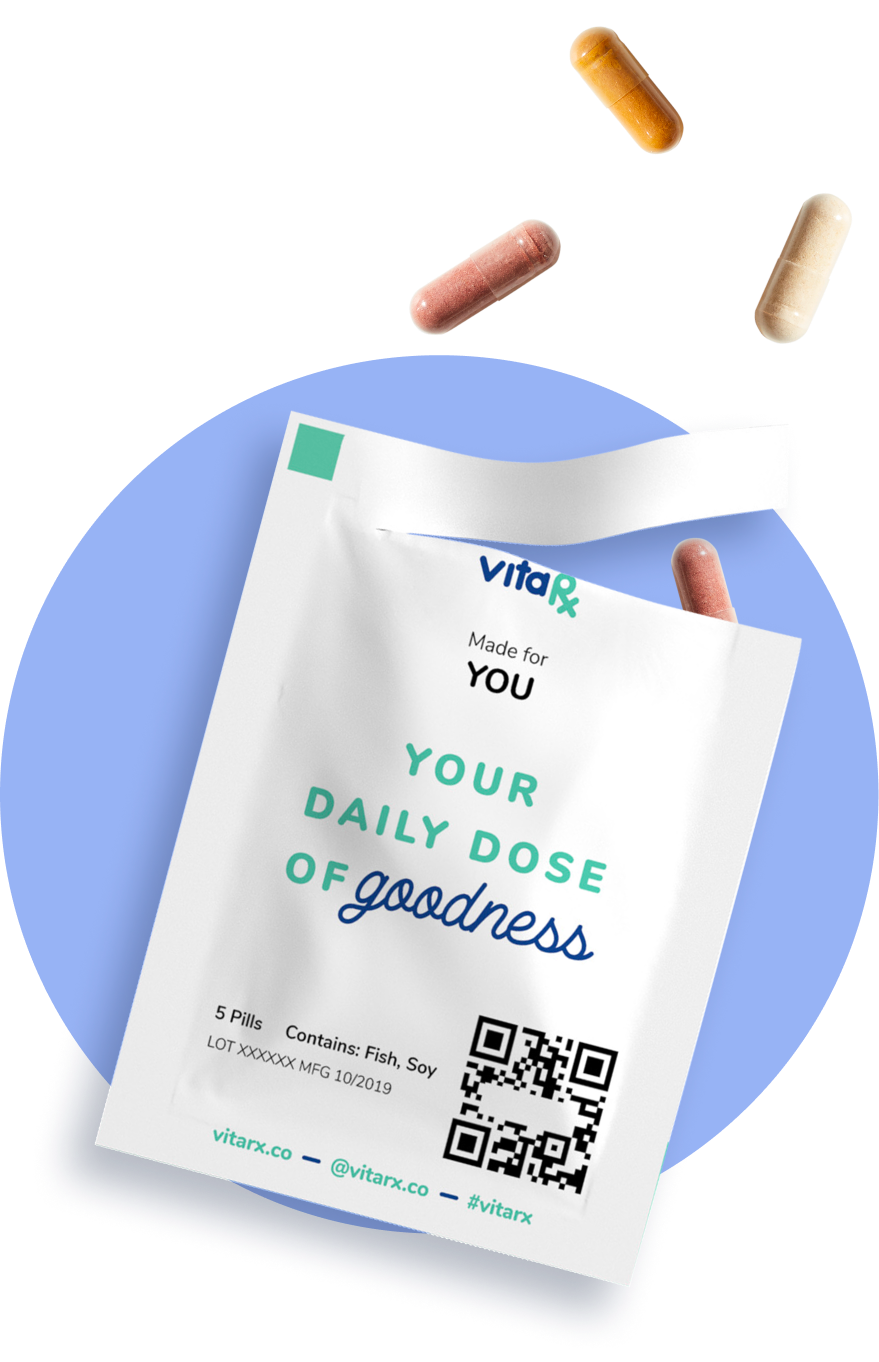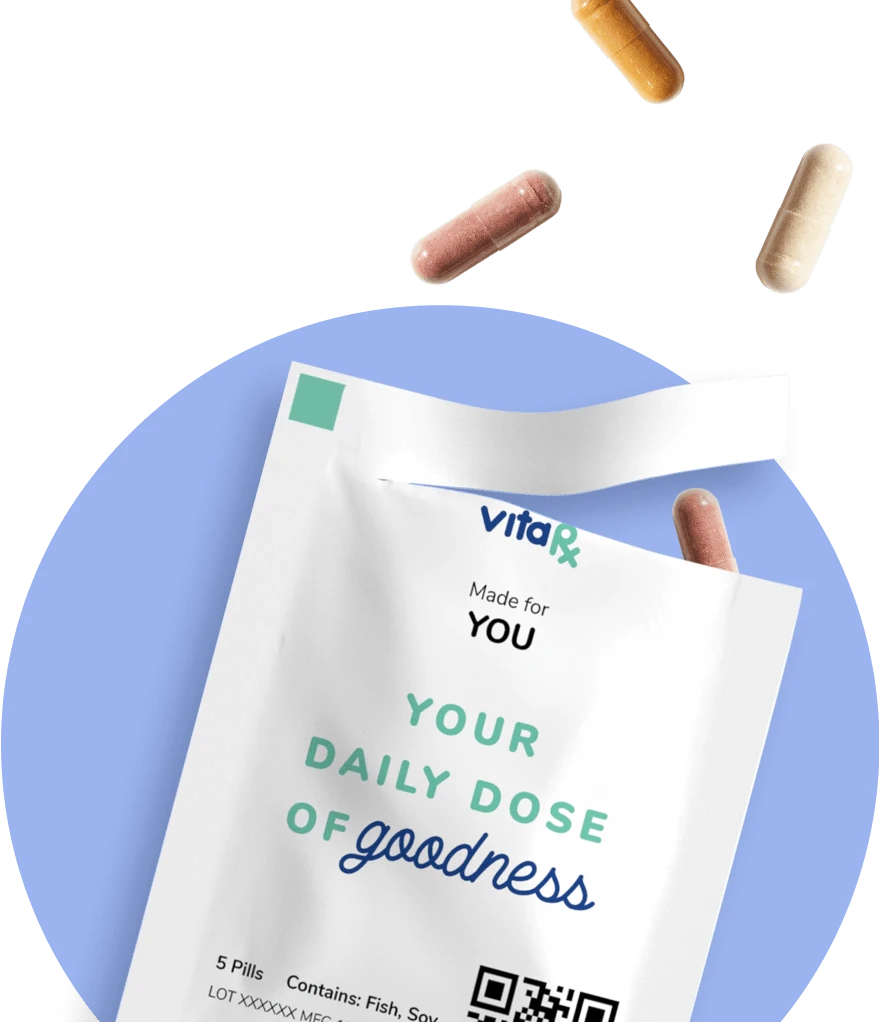Last update: January 22, 2025
4 minute read
When Is the Best Time to Take Vitamin D?
Curious about the ideal time to soak up vitamin D? Discover the science behind sun exposure and supplement timing. Learn how to maximize your vitamin D intake for better health.

By Stephanie Wright, RN, BSN
Edited by Dr. Dimitar Marinov, MD, RDN, PhD

Vitamin D, often called the "sunshine vitamin," plays a crucial role in your overall health. From strengthening bones to supporting your immune system, this essential nutrient is vital for your well-being. But with the modern lifestyle often keeping you indoors, you may struggle to get enough. In this post, we'll explore the best times for vitamin D production through sunlight or intake via supplementation. We'll dive into seasonal variations, dosage recommendations, and how to optimize your vitamin D levels for better health.
Key takeaways
- The optimal time for vitamin D production through sun exposure varies by season
- Vitamin D supplements are best absorbed when taken with the largest meal of the day, preferably one containing some fat
- Recommended daily intake ranges from 400 IU for infants to 800 IU for adults over 70, assuming there is still some average sun exposure
Timing your vitamin D production
During the summer months, your body is more efficient at producing vitamin D due to increased UVB radiation. The most effective time for vitamin D synthesis was solar noon, which is between 11:30 a.m. and 1:00 p.m. standard time, and corresponds to 12:30 p.m. to 2:00 p.m. daylight saving time.
This was the most effective time for exposure during the summer, as short exposure at this time can cause significant vitamin D production without increasing the risk of cancer too much.
It's important to note that overall vitamin D production in winter can be reduced by up to 50% compared to summer. Therefore researchers suggest that supplementation is the better choice rather than sun exposure, as extended sun exposure would increase cancer risk without enough benefit for vitamin D production.
VitaRx Tip
At latitudes above 50 degrees, virtually no vitamin D is produced in the skin of the people who live there during winter and spring.
When to take your vitamin D pills
Pairing supplements with food for better absorption
When it comes to vitamin D supplements, timing matters as well. Taking vitamin D with the largest meal of the day improves absorption and can increase serum levels of 25(OH)D by about 50%. Since vitamin D is fat-soluble, it's best absorbed when taken with a meal or snack that includes some fat.
Daily vs. monthly: Choosing your supplement frequency
Both daily and monthly supplementation can be effective. Daily supplementation of 600 IU is considered safe for most people.
How much vitamin D do you really need?
Recommended dietary allowances across lifespans
The recommended dietary allowances (RDAs) for vitamin D vary by age:
- 0-12 months: 10 mcg (400 IU)
- 1-70 years: 15 mcg (600 IU)
- 71+ years: 20 mcg (800 IU)
Factors that may increase your vitamin D needs
Several factors can increase your vitamin D needs:
- Minimal sun exposure
- Darker skin pigmentation
- Living at higher latitudes
- Overall health status
Health made easy: your go-to resource for essential vitamins and supplements

When and how to check your vitamin D levels
Understanding your vitamin D status
Blood tests measuring 25-hydroxyvitamin D [25(OH)D] can be used to assess vitamin D status. This test is the most accurate way to determine if you're getting enough vitamin D.
Interpreting your vitamin D test results
- Levels of 50 nmol/L (20 ng/mL) or above are generally considered adequate for bone and overall health
- Levels below 30 nmol/L (12 ng/mL) are considered too low
- Levels above 125 nmol/L (50 ng/mL) may be too high and could cause health problems.
Dos and don'ts of vitamin D intake
Do’s
Get regular, safe sun exposure
Take supplements with your largest meal
Consider your individual factors (age, skin type, etc.)
Monitor your vitamin D levels with blood tests
Consult with a healthcare professional
Don’ts
Overexpose yourself to harmful UV rays
Take supplements on an empty stomach
Assume one-size-fits-all for vitamin D needs
Ignore potential vitamin D deficiency symptoms
Self-diagnose or self-prescribe high doses
Frequently asked questions (FAQ)
Here are some of the most frequently asked questions about the best time to take vitamin D.
Final thoughts
Understanding the optimal timing for vitamin D intake, whether through sun exposure or supplementation, is crucial for maintaining adequate levels of this essential nutrient. By following the guidelines outlined in this post, you can maximize your vitamin D absorption and support your overall health.
Remember, while these guidelines are based on scientific research, individual needs may vary. Always consult with a healthcare professional before making significant changes to your vitamin D intake or sun exposure habits.
Sources and references
- Vitamin D Synthesis Following a Single Bout of Sun Exposure in Older and Younger Men and Women
- UV index-based model for predicting synthesis of (pre-)vitamin D3 in the mediterranean basin | Scientific Reports
- Vitamin D - Health Professional Fact Sheet
- Benefits and Risks of Sun Exposure to Maintain Adequate Vitamin D Levels - PMC
- Vitamin D: Do We Need More Than Sunshine? - PMC
Author

Stephanie Wright
Stephanie brings over 13 years of diverse nursing experience to the table, having honed her expertise in critical care, mental health, and utilization management. Her journey as a registered nurse across these various healthcare sectors underscores her adaptability and deep commitment to patient care.
Fact checker

Dr. Dimitar Marinov
Dr. Marinov has years of experience in scientific research and preventive and clinical medicine. His publications in peer-reviewed journals are on nutritional status, physical activity, and musculoskeletal disorders among adolescents.
At VitaRx, we're not just passionate about our work — we take immense pride in it. Our dedicated team of writers diligently follows strict editorial standards, ensuring that every piece of content we publish is accurate, current, and highly valuable. We don't just strive for quality; we aim for excellence.
Related posts
While you're at it, here are some other relevant articles you might be interested in.

Get your personalized vitamin recommendations in less than
5 minutes.
Get your personalized vitamin recommendations in less than
5 minutes.






